Types of Cookware Materials
When selecting cookware, the material is a critical factor that influences cooking performance, durability, maintenance requirements, and even health considerations. The right material can affect heat distribution, food flavour, nutritional content, and ease of use. Each material offers unique benefits and potential drawbacks, making it essential to understand their differences before making a choice.
Below is a comprehensive overview of the most common cookware materials:
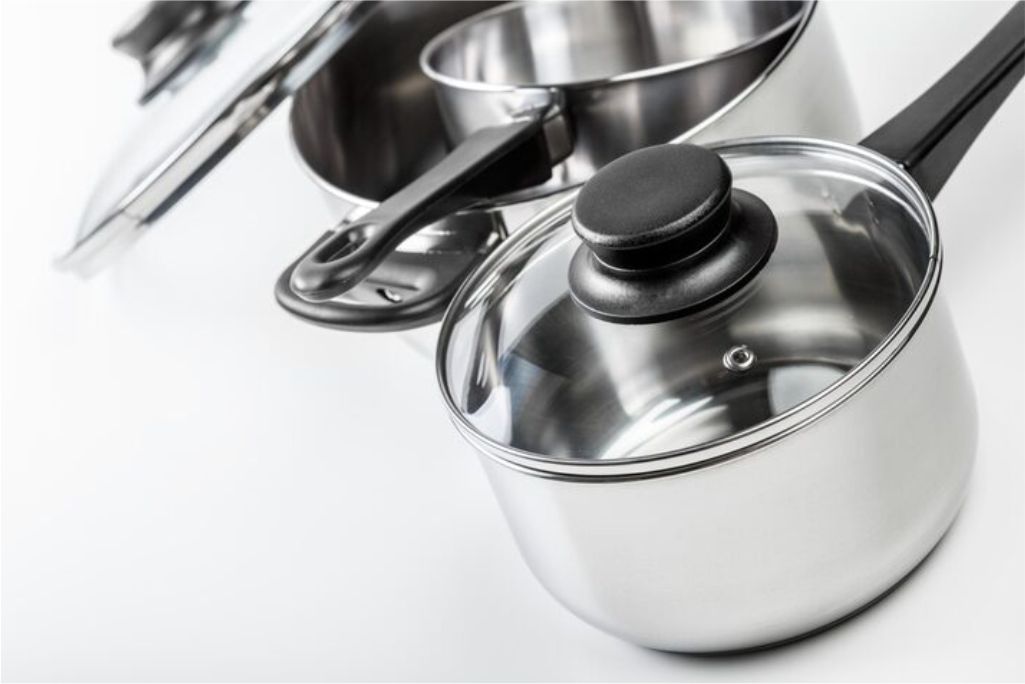
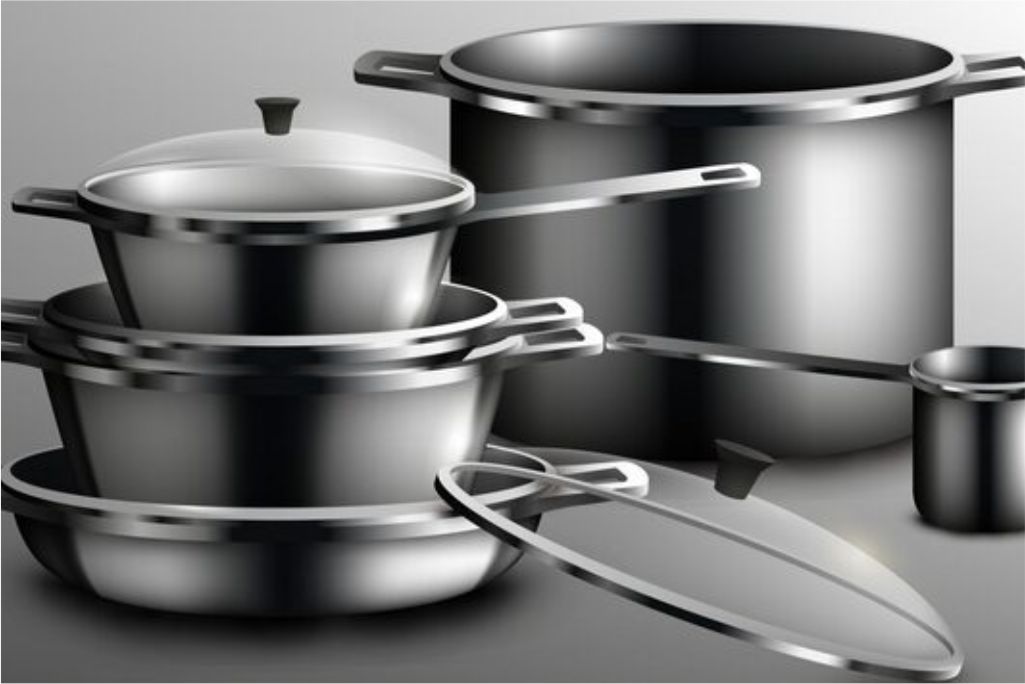
1. Stainless Steel Cookware
Stainless steel cookware is made from an alloy of iron containing at least 10–12% chromium, which forms a thin, stable oxide layer that protects against rust and corrosion. Known for its versatility, strength, and longevity, stainless steel is resistant to scratches, dents, and rust. It’s also non-reactive, meaning it won’t alter the taste or colour of food ideal for sauces and acidic ingredients.
While stainless steel doesn’t have a non-stick coating and can sometimes heat unevenly on its own, many premium options incorporate an aluminium or copper core for better heat conductivity. It’s excellent for searing, sauteing, and sauce-making, and is often marketed as 18/10 “premium” grade.
2. Ceramic Cookware
Ceramic cookware comes in two types:
- 100% Ceramic (e.g., earthenware, stoneware, porcelain)
- Metal Cookware with a Ceramic Coating (most common)
Ceramic is naturally non-toxic, eco-friendly, and non-stick, free from chemicals such as PFOA and PTFE. It’s available in a wide range of stylish colours and finishes. However, ceramic coatings can wear down, chip, or lose their non-stick properties over time, depending on quality and usage. Ceramic is best suited for low-fat cooking at moderate temperatures.
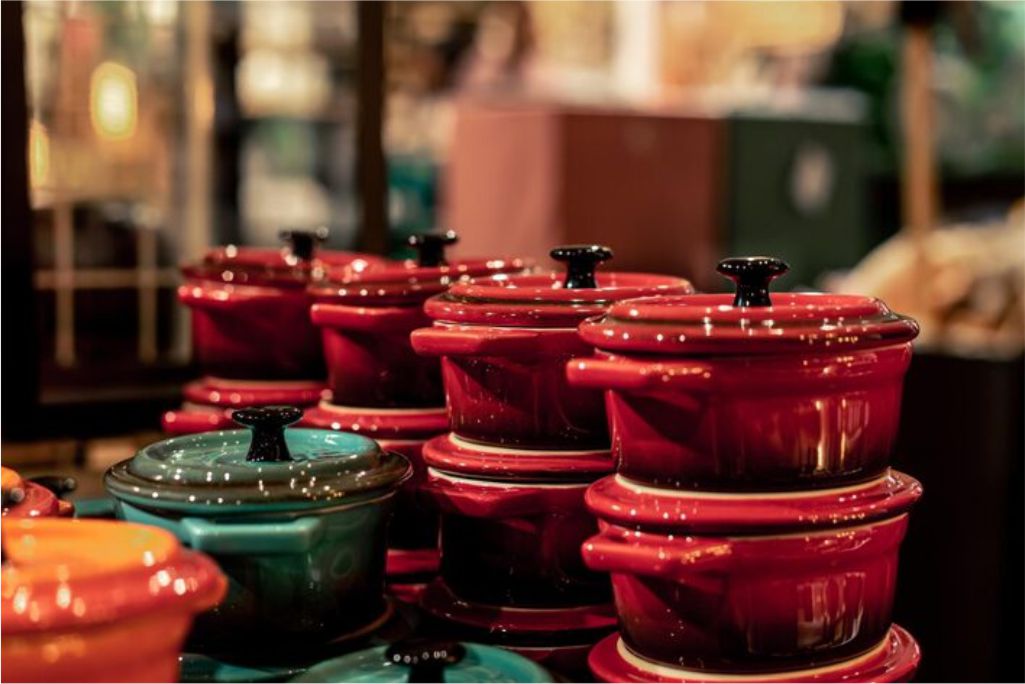
3. Non-Stick Cookware
Non-stick cookware is coated with materials designed to reduce food adhesion, allowing you to cook with less oil or butter. The coating creates a low surface-energy barrier that prevents food from bonding to the pan.
Benefits include easy food release, effortless cleaning, and suitability for delicate items like eggs and fish. However, PTFE-based coatings can break down and release fumes if overheated (above ~260 °C / 500 °F). Non-stick pans should be used on low to medium heat, never preheated empty, and replaced once scratched.
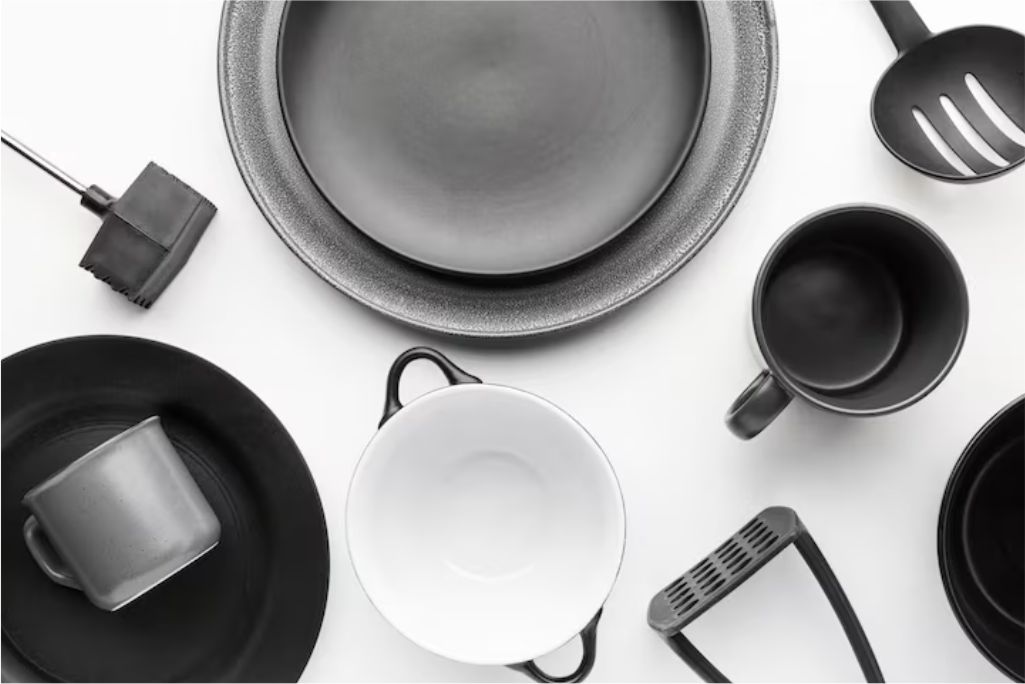
4. Copper Cookware
Copper cookware, either fully copper or with a copper exterior, is prized for exceptional thermal conductivity and responsiveness, allowing for precise temperature control. Its warm, polished glow adds elegance to any kitchen.
Because copper reacts with acidic foods, it is typically lined with stainless steel or tin to ensure food safety. Proper maintenance is essential to preserve its appearance and performance. Copper cookware excels in delicate sauces, sugar work, and tasks that require quick temperature changes.
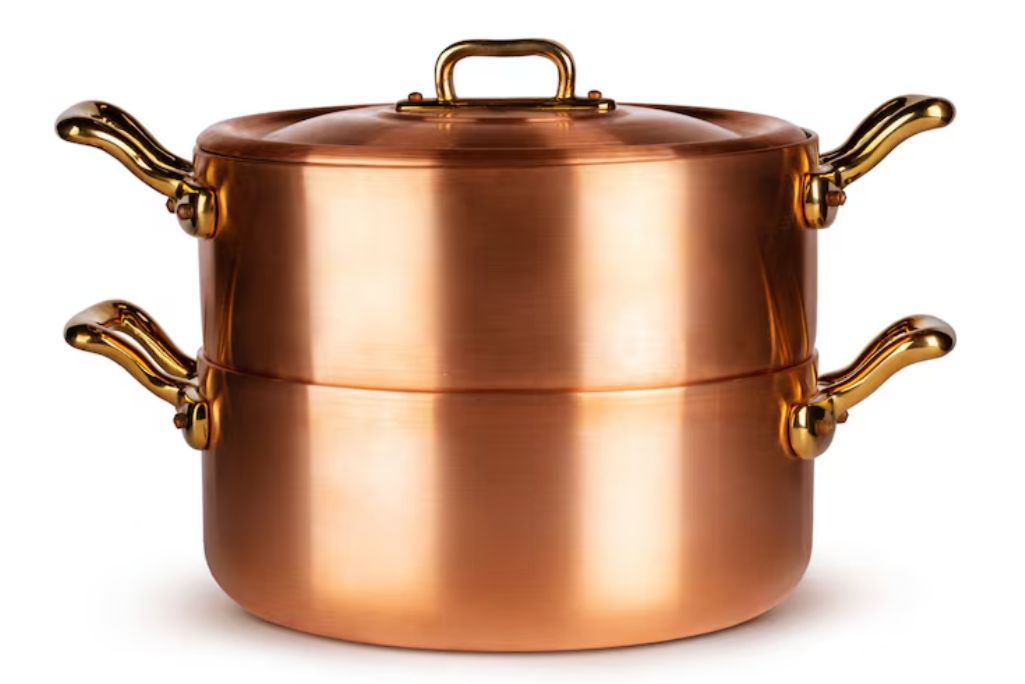
5. Cast Iron Cookware
Cast iron is made from a dense iron–carbon alloy poured into moulds, producing heavy-duty skillets, griddles, Dutch ovens, and pans. Known for outstanding heat retention and even heating, cast iron can last for generations. When well-seasoned, it develops a natural non-stick surface and is suitable for all stovetops—including induction.
Traditional cast iron requires regular seasoning to prevent rust and maintain its surface. It’s ideal for high-heat searing, roasting, baking, and braising.
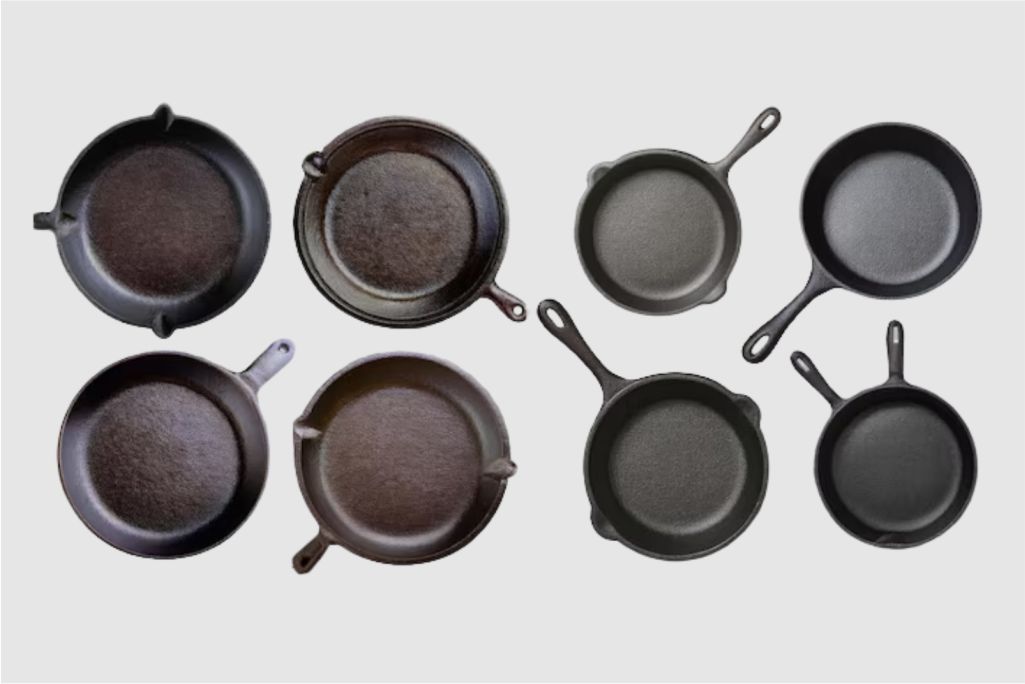
6. Enameled Cast Iron Cookware
Enameled cast iron has a smooth, glass-like enamel coating that prevents rusting and eliminates the need for seasoning. It’s easy to clean, non-reactive, and well-suited for acidic ingredients. Although heavier and more expensive than bare cast iron, it offers durability and comes in vibrant colours that can enhance kitchen décor.
It performs well in slow cooking, stews, and oven-to-table dishes, combining functionality with style.
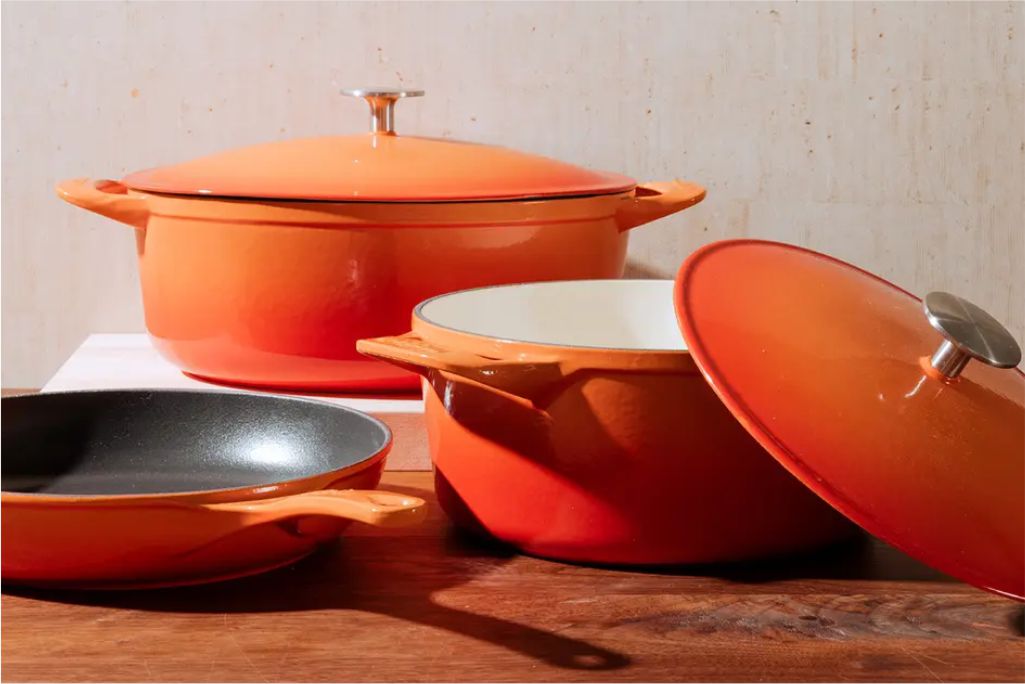
7. Carbon Steel Cookware
Carbon steel, an alloy of iron with a small amount of carbon, sits between stainless steel and cast iron in both weight and performance. Commonly used for skillets, woks, and crepe pans, it’s lighter than cast iron, heats quickly, and withstands high temperatures.
Like cast iron, carbon steel requires seasoning and can rust if not dried properly. It’s magnetic and compatible with induction, making it a versatile, long-lasting choice for high-heat searing and oven cooking.
8. Glass Cookware
Glass cookware, made from special heat-resistant glass, provides a non-reactive, chemical-free surface that won’t leach into food. Typical products include baking dishes, casseroles, and pie plates.
It’s easy to clean, non-porous, and allows you to monitor food visually while it cooks. However, it is fragile and prone to breaking from impact or sudden temperature changes. Glass is ideal for oven baking and serving, but not recommended for stovetop use unless specified as stovetop-safe.
9. Glass Cookware
Aluminium cookware is lightweight, affordable, and an excellent heat conductor. It heats and cools quickly, making it suitable for everyday cooking.
However, untreated aluminium can react with acidic or alkaline foods, leading to off flavours and discolouration. For durability and safety, anodized aluminium is preferred, offering a hard, non-reactive surface. This makes it a popular choice for those seeking efficient heat conduction in a lighter pan.
Healthiest Cookware Options
There’s no single “best” material each has trade-offs. The healthiest options are those that don’t leach harmful chemicals or react with
- A high-quality stainless steel set for general cooking
- A well-seasoned cast iron or carbon steel pan for high-heat tasks
- Glass or fully glazed ceramic for baking and acidic recipes
If you prefer non-stick, use high-quality PTFE pans on low to medium heat and replace them when scratched. Alternatively, opt for premium ceramic non-stick for a toxin-free, eco-friendly option. For those who prefer lighter cookware, hard-anodized aluminium or 18/8 or 18/10 stainless steel are excellent choices.
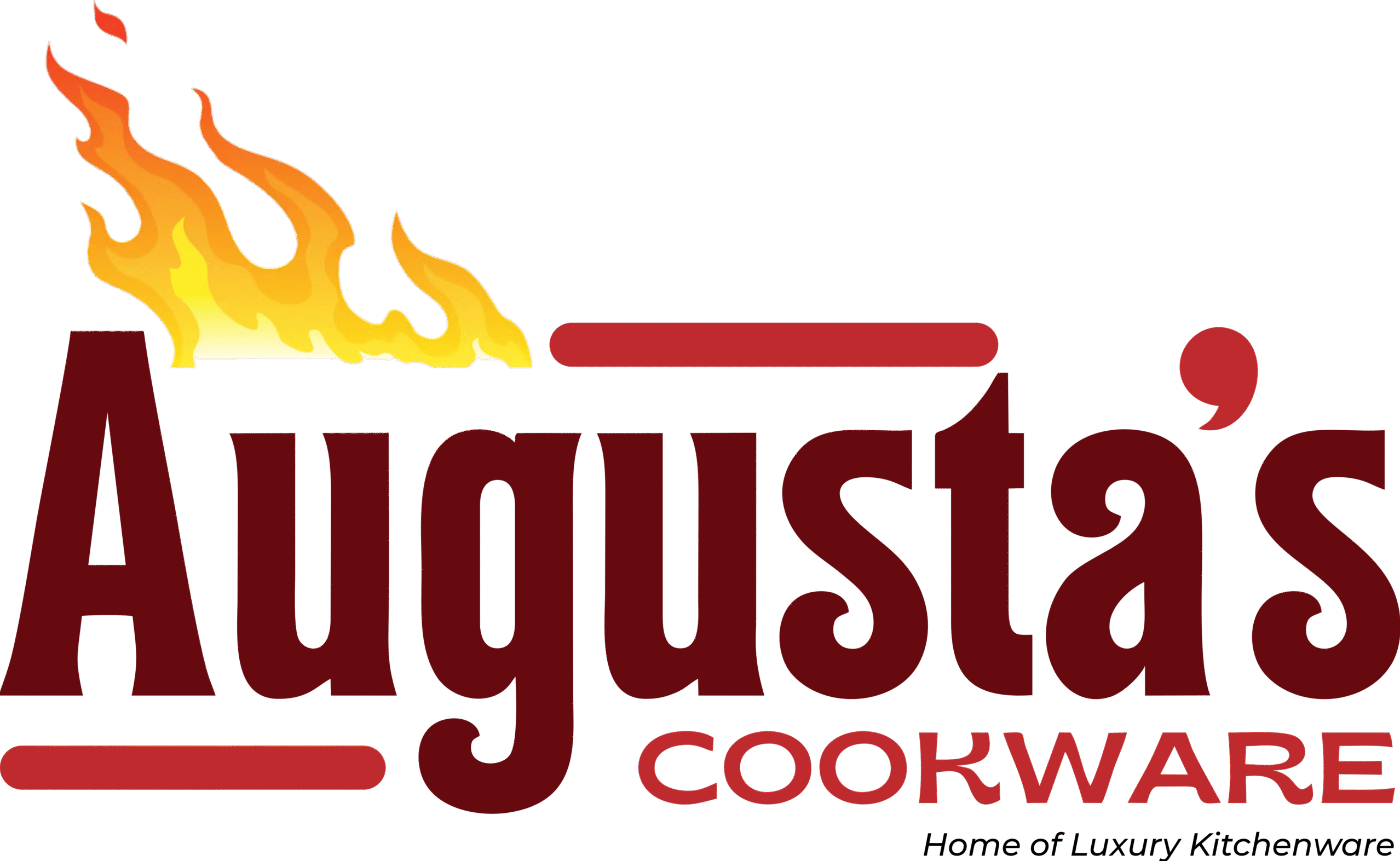
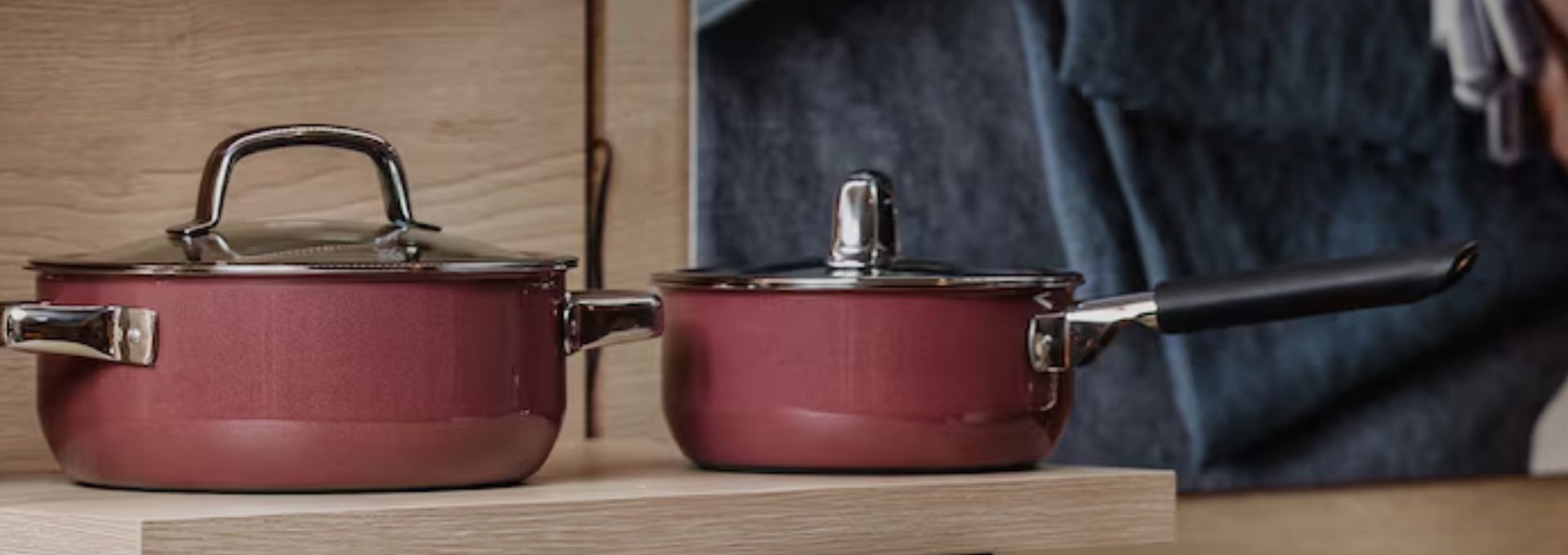
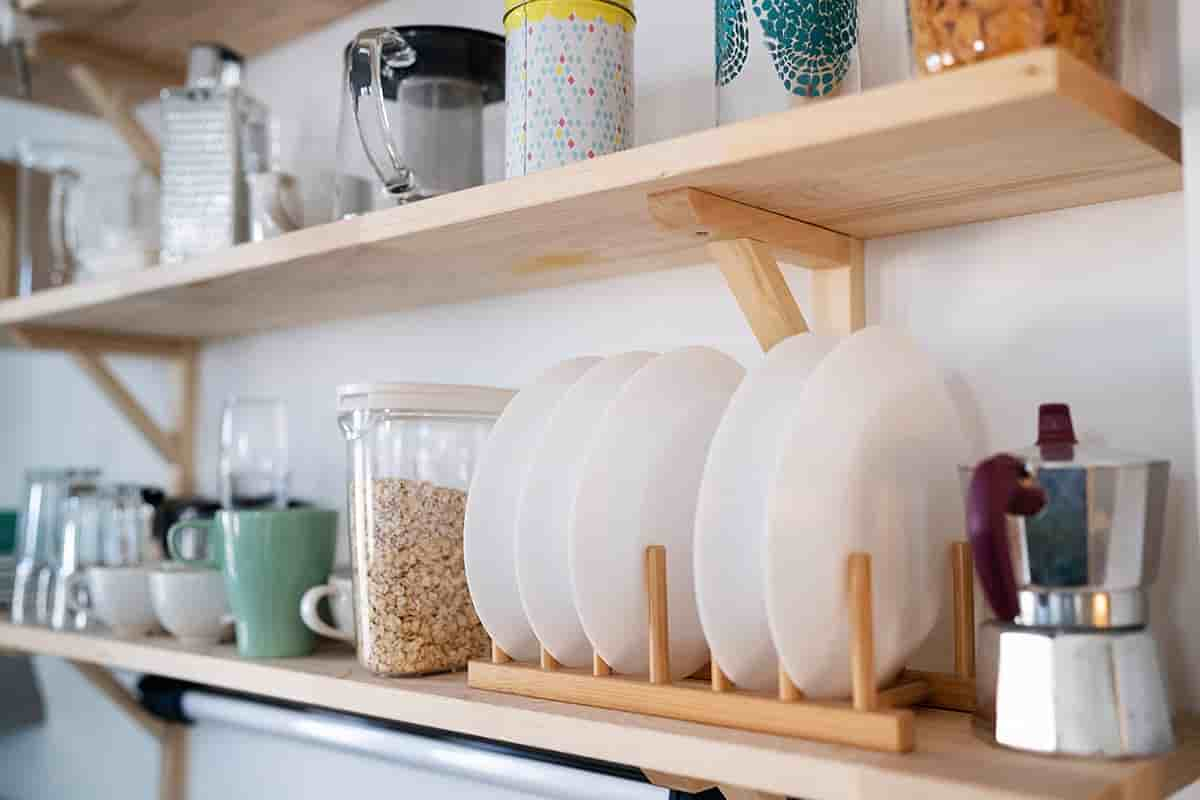
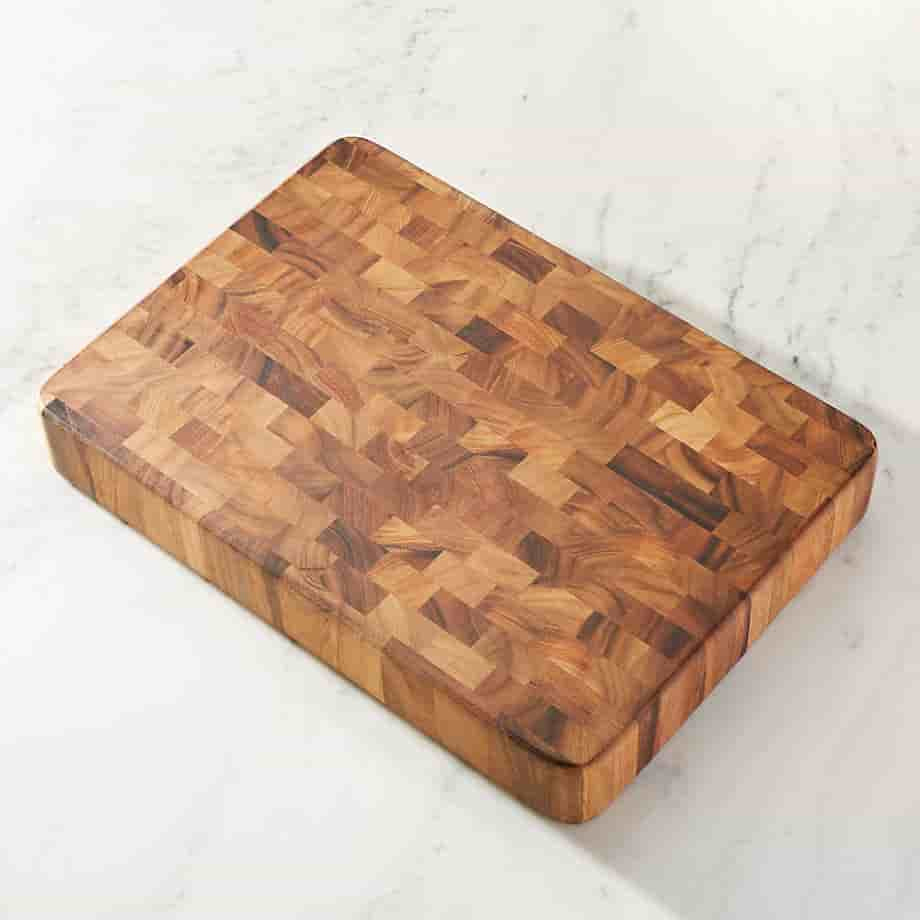
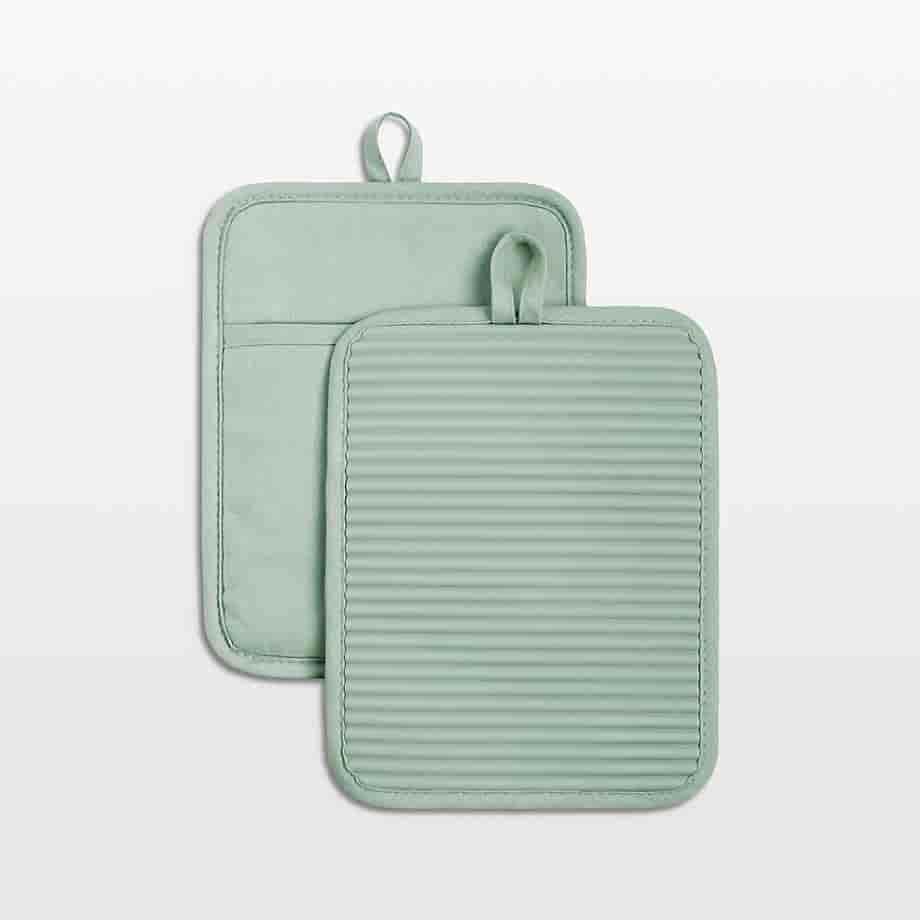
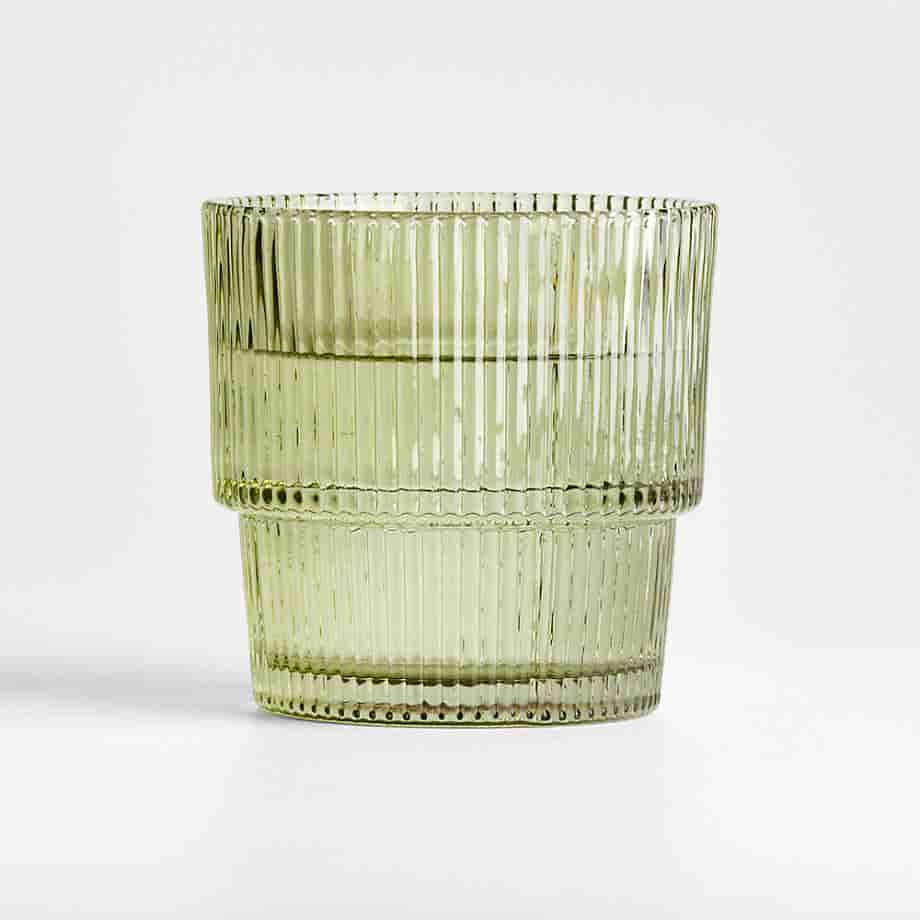
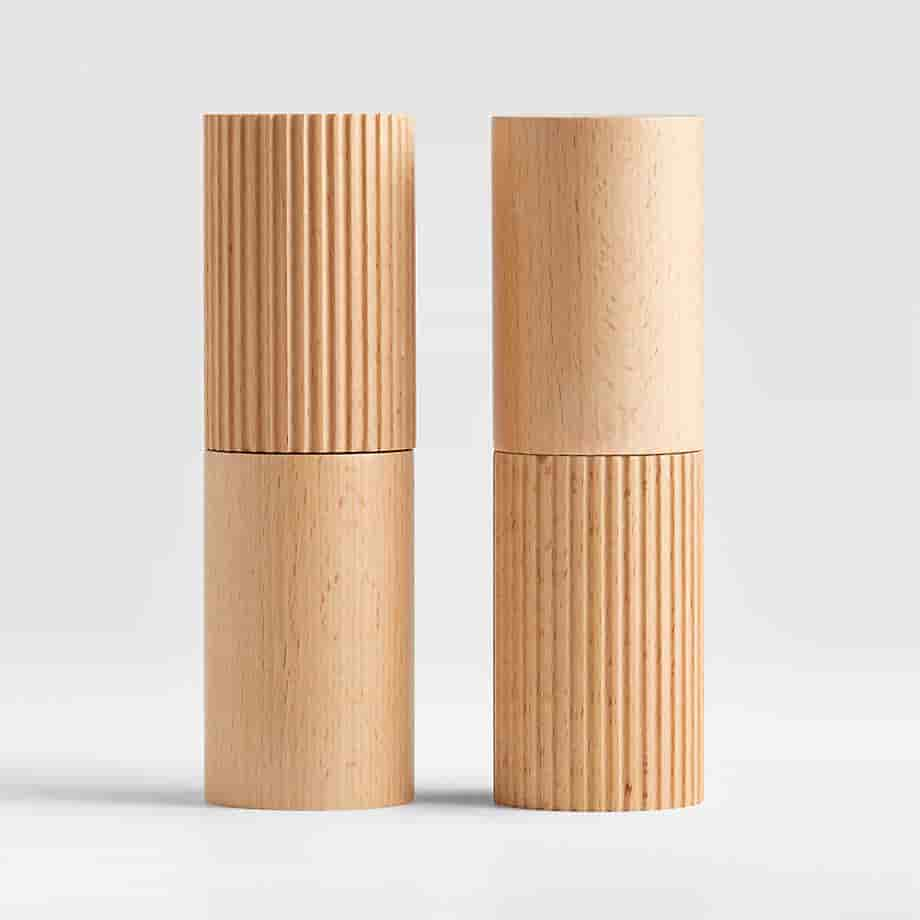
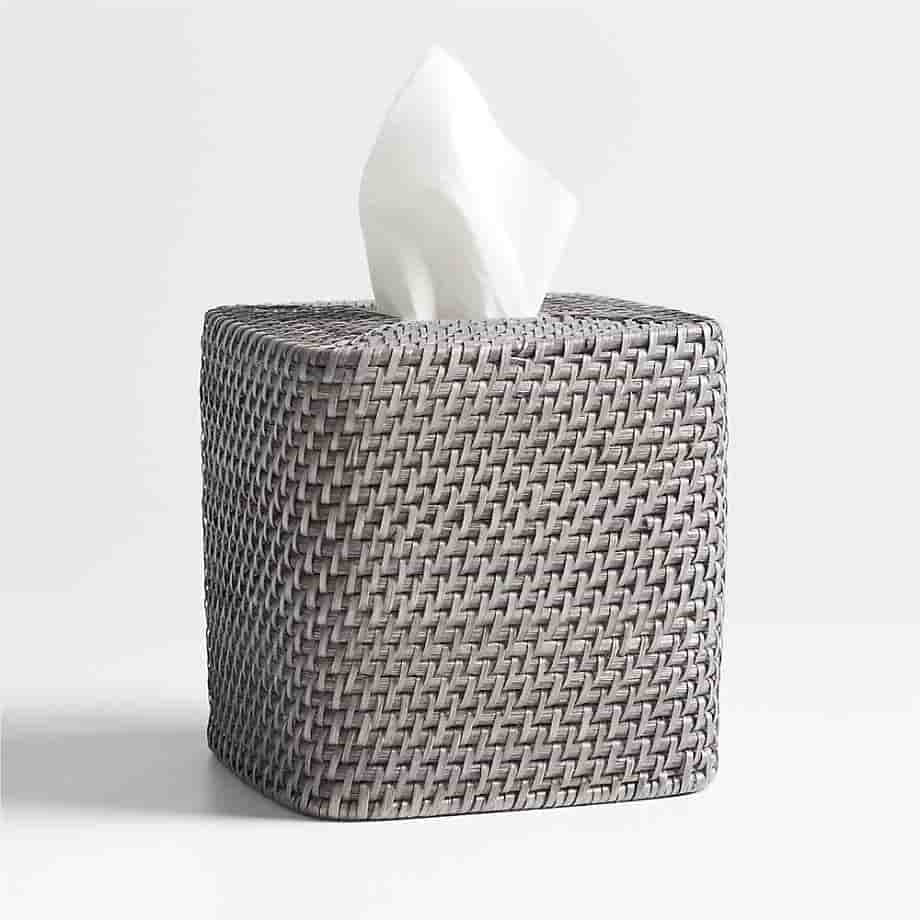
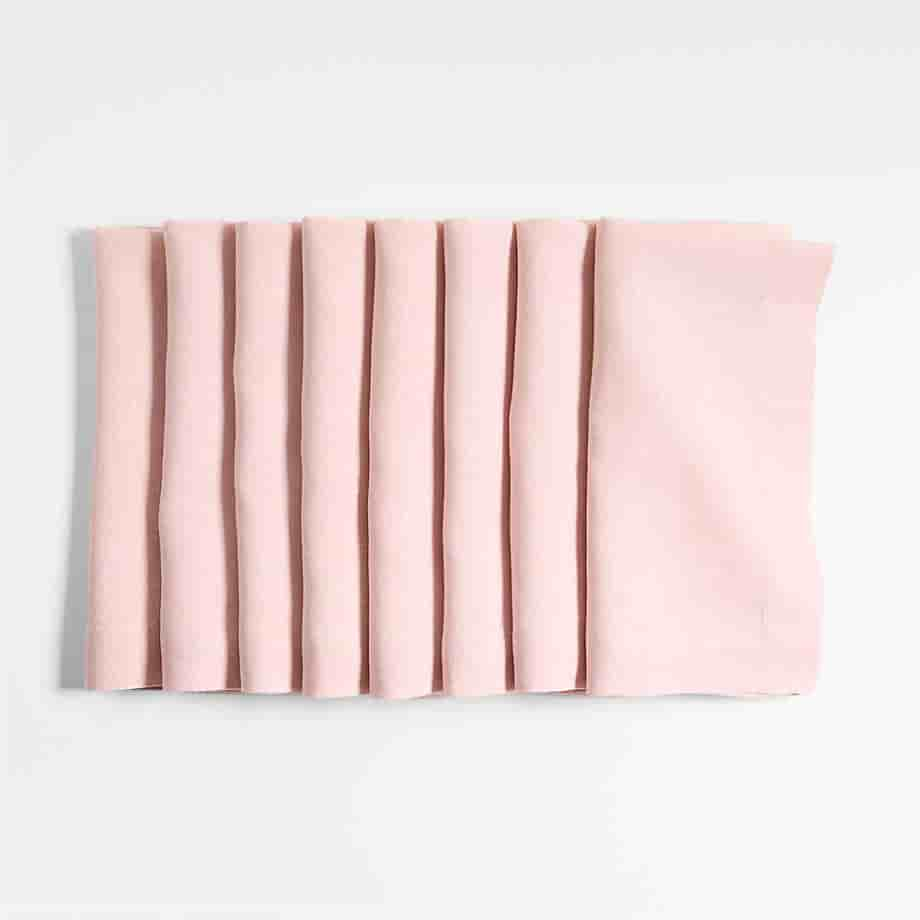
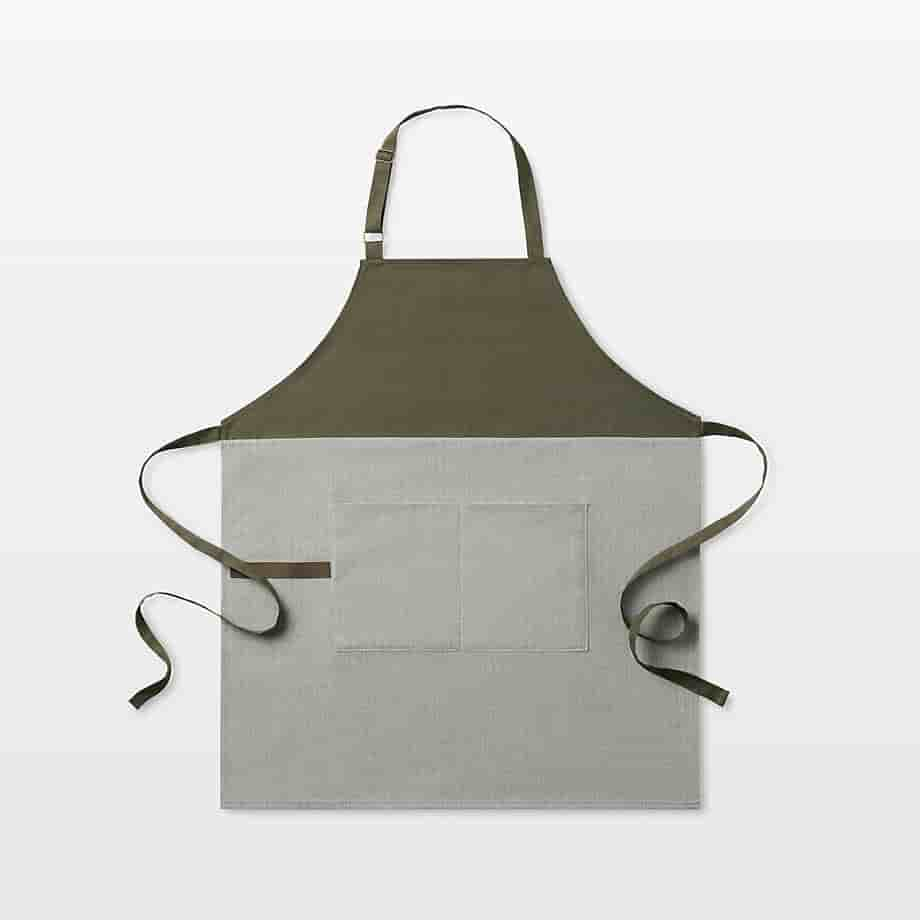
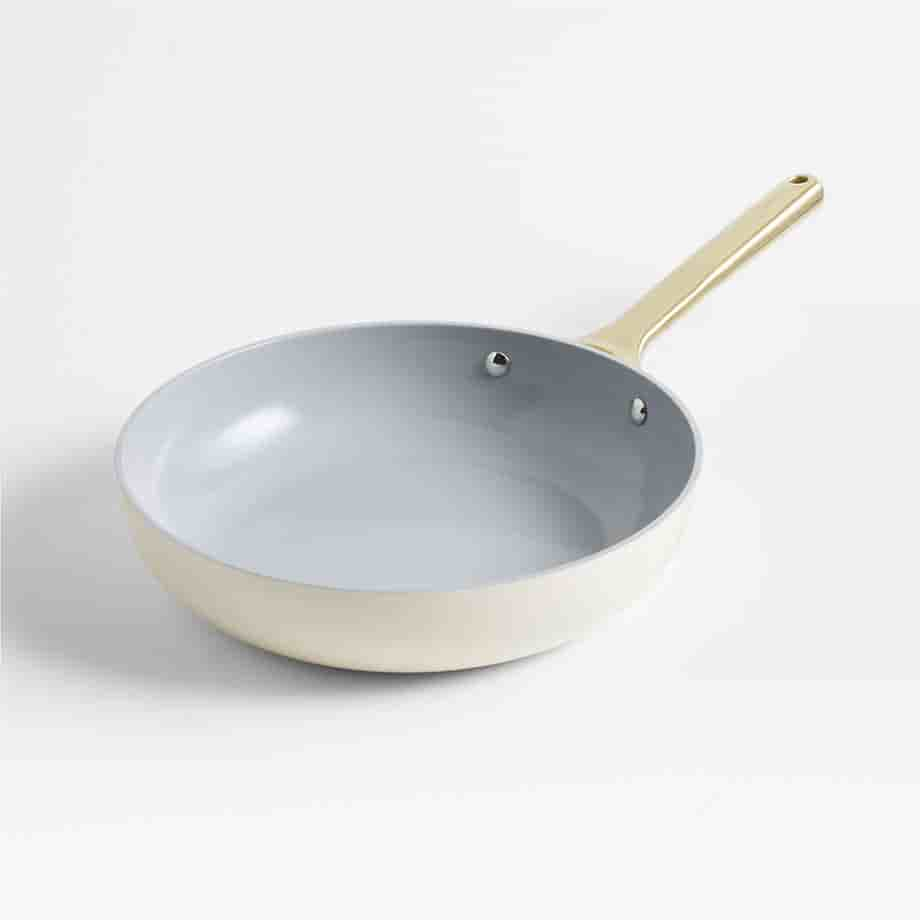
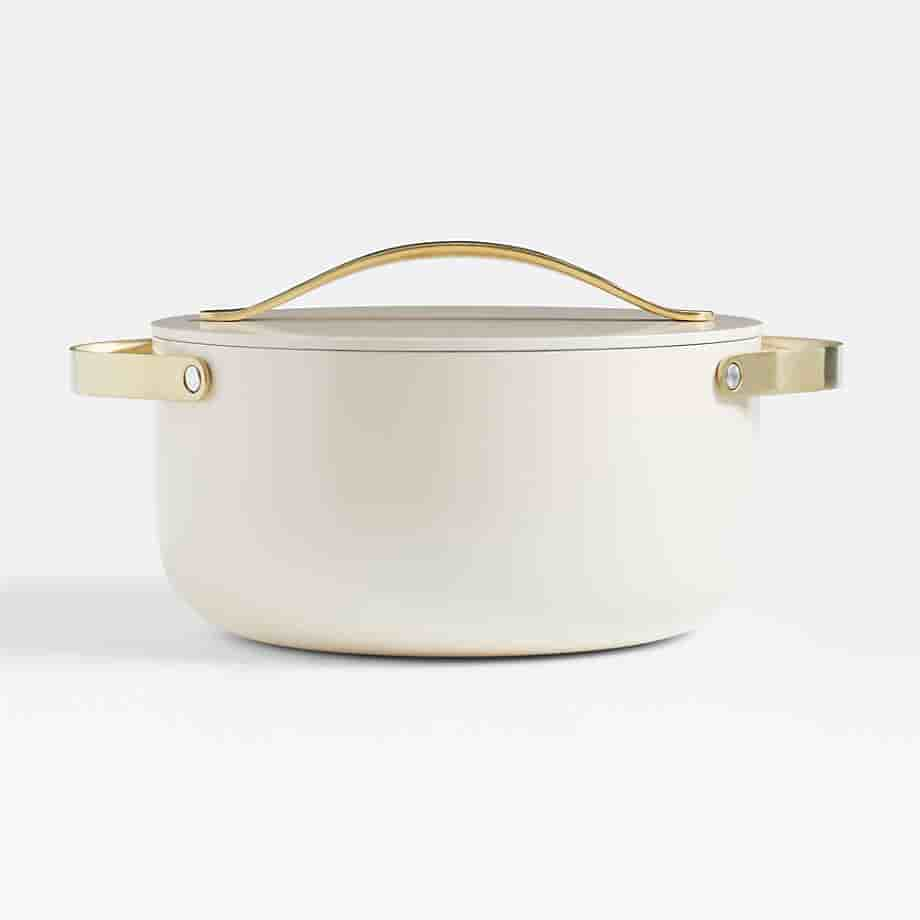
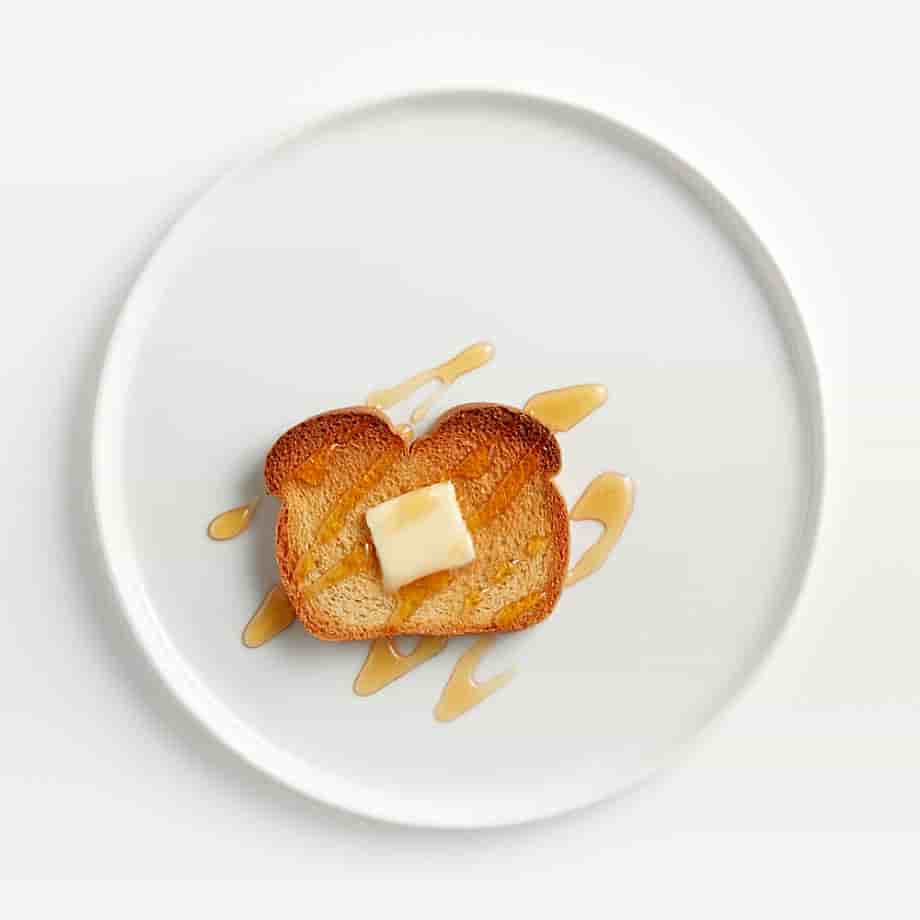
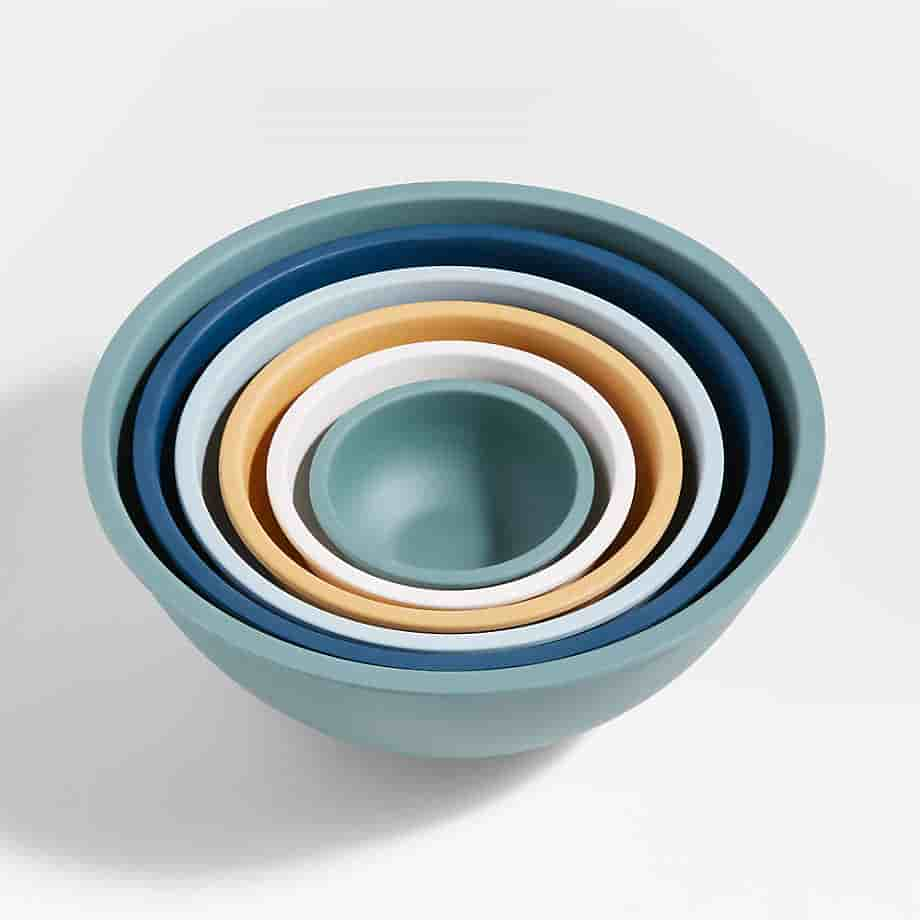
03 Comments
Carla Gomez
Really useful article! I love the focus on furniture that helps maximize storage and keep everything within reach. It’s amazing how the right pieces can totally transform a cluttered kitchen into an organized and efficient space. Thanks for sharing these ideas!
Brianna Lee
Totally agree! Once I switched to better storage furniture, my kitchen became so much easier to work in. It really makes cooking more enjoyable when everything is organized and accessible. Thanks for sharing your thoughts!
Alice Johnson
Great insights! I never realized how much good furniture could improve kitchen organization. Can’t wait to try some of these ideas to make my cooking space more functional and clutter-free.